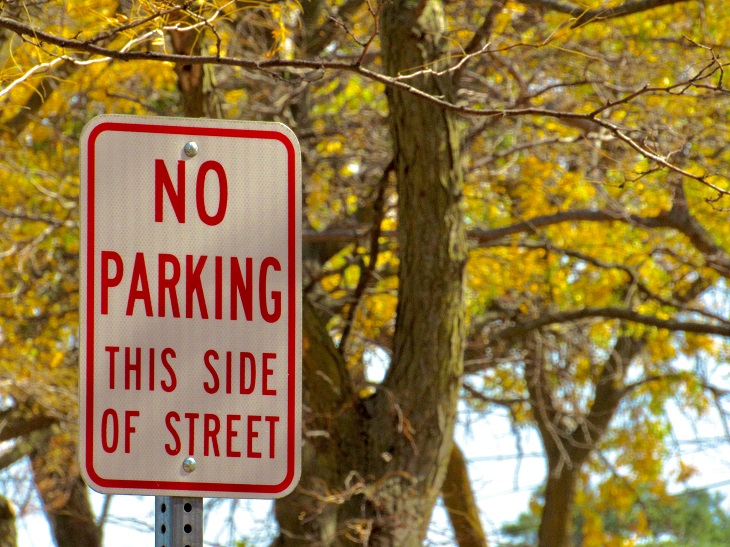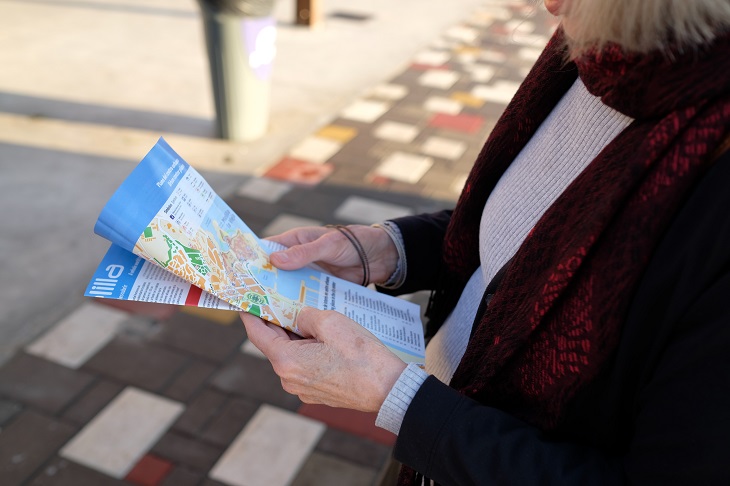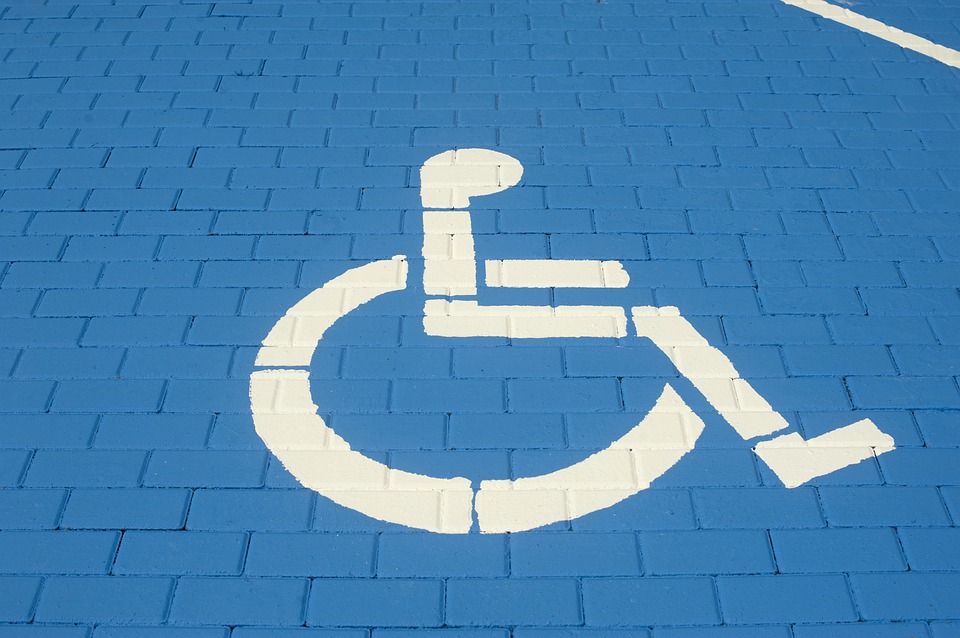Qualifying for you parking permit and obtaining it is a relief for a lot of people. Getting more convenient access to the places you travel to can be a lifesaver. But just because you have that coveted placard in your hand doesn’t mean you won’t still have rules to follow, both as a driver and as a passenger. To make sure you’re always on the right side of the law when displaying your handicap placard, here’s a list of some mistakes that disabled parking permit owners should watch out for.
1. Obtaining a fraudulent placard
The most important thing to avoid is purchasing a fraudulent placard that hasn’t been issued by the state you live in. So what happens if you obtain or if you fraudulently use a disabled parking permit? Well… nothing good!
Any nonofficial placards are considered illegal, and if you’re caught using one, you’ll most likely be issued a ticket and a fine for misuse of disabled parking permits. In some states, this type of placard abuse could even come with probation or jail time. So if you’re getting a placard, make sure to only obtain it through the legitimate Department of Motor Vehicles (DMV) office in your state.
2. Driving with your parking permit up
Some disabled drivers may be in the habit of leaving their parking placard hanging from their rearview mirror when the car is in motion. However, this is in strict violation of safe driving laws, because the placard can obstruct your view while driving. So, whenever you start your vehicle, remember to take down your placard—you should only display your handicap placard when your car is parked.
3. Forgetting to display your permit when you’re parked
Because you can’t leave your placard up at all times (see previous point), it can be easy to forget to display your handicap placard when you’re at your destination. But if you want to avoid getting a ticket, it’s super important to remember to have your permit hanging from your rearview mirror or clearly displayed on the dashboard of your car when you’re parked.
If you have a placard but forget to hang it when you park in a handicap parking place, you can still be ticketed and fined, since law enforcement won’t know that you have a legitimate right to park there. So, no matter what, remember to display your permit whenever you’re parked in a disabled parking spot.

4. Thinking you can park wherever you want
Even though you have advantages of where you can park with a permit, there are still handicap parking rules that must be followed. Even with a placard, you are still not allowed to park in a number of places, including red curbs or fire lanes, No Parking zones, No Stopping zones, and some types of loading zones.
But what happens if you fraudulently use a disabled parking placard for this purpose? Can a car with a handicap placard be towed? Yes, it can! If you’re parked anywhere you shouldn’t be or anywhere that law enforcement might deem unsafe, your car can definitely still be towed (and you could get ticketed or fined as well).
To stay within the law, read all street signs and posted notices so that you’ll be aware of the places you’re permitted to park. If you can’t tell whether it’s legal to park somewhere, your best bet is simply not to park there, or to ask a building manager or law enforcement what the specific laws are for that spot. Never assume that you can park anywhere you want just because you have a disabled parking permit!
5. Lending your placard to someone else
A super important rule to remember is that it’s absolutely forbidden for you to lend your parking permit out to anyone (even family and friends). You must be present in the vehicle if your placard is going to be used.
So, what are the consequences of placard abuse? The severity differs from state to state (even within specific cities), but if you fraudulently use a disabled parking permit the consequences could be as serious as probation or jail time, or as minor as a fine—though keep in mind that tickets can be hundreds of dollars! To avoid any punishments for misuse of disabled parking permits, never let anyone borrow your placard for any reason.
6. Letting your permit expire
Just because you have a permit now doesn’t mean you don’t need to take steps to keep it valid. In fact, it’s vital that you keep your placard up to date. This means that you need to pay attention to when it expires. Expiry ranges from a few months if you have a temporary placard to several years if you have a permanent permit.
Your placard should have an expiration date listed on it, so you’ll be able to tell exactly when it needs to be renewed. Go to your specific state’s DMV website for more information on how to renew your placard when the time comes. Your permit must always be completely up to date in order for you to legally use it.

7. Not researching parking laws in your area
You’re doing yourself a disservice if you don’t look up local laws regarding handicap parking in your area. First, you should know what laws to follow in order to be safe, but more importantly, there could be parking benefits near you that you’re unaware of. For example, some states let handicap permit owners park for free at street metered parking, or have unlimited parking even when time limits are posted.
Without doing a bit of research, you could be missing out on some advantages near you. So take a little time to enquire with local law enforcement or check with your local city staff to find out everything you need to know about handicap parking where you live.
As long as you are not misusing disabled parking permits and are avoiding making these mistakes, you’ll be in good shape to take full advantage of your handicap parking permit!
Featured image by Arembowski on Pixabay







